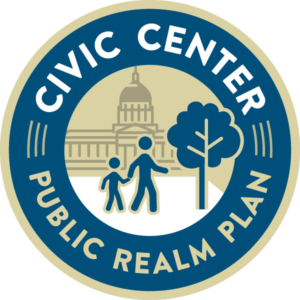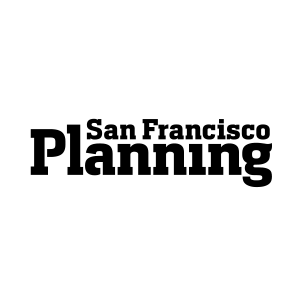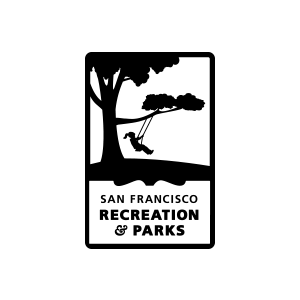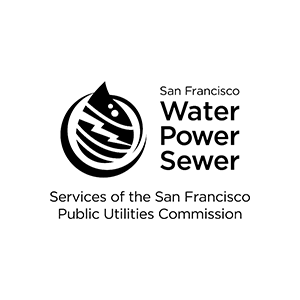Tim was sitting outside of the public library on Fulton Street enjoying the sunshine and waiting for his wife to finish getting a massage at Qua Spa. Tim and his family visit the Civic Center to attend the Ballet and the Symphony every so often but he lived in San Francisco previously.
“Twenty or so years ago I used to spend a lot of time in there, in the old public library when I first moved to San Francisco. Then, the other public library, the main one opened a year or so later. It’s just kinda nostalgic. It’s a beautiful day, it’s a nice space. It’s nice to just sit and watch life go by.”
Over the course of twenty years, Tim says the Civic Center hasn’t changed much.
“It’s definitely gotten the face lift but it still has the same sort of sense and just a little bit of color and whatnot. But with all the traffic and cars, it’s still not like a congregation point that people just hang out in, other than people who don’t have anywhere else to go. When I was in the library, twenty years ago, there was a lot of transient population who would come in and hang out.”
Even though Civic Center has remained fairly the same, Tim thinks other parts of San Francisco have changed a great deal and become more expensive.
“It’s definitely gotten more upscale in different areas that were not as upscale. In a sense, the feeling is still like people move to San Francisco for jobs and tech financial area so it still has that element; but you know, like everyone would say that ‘before there was more the real San Francisco’. Obviously the cost of living has affected a lot of those things.”
Tim and his wife have brought their kids to Civic Center to protest Trump but generally, they like to take their kids to Dolores Park in the Mission or Crissy Field in the Marina.
“Take Dolores Park and how they made that more community-friendly and re-doing the playground. If you did more in terms of restricting traffic like you get a lot in European cities where the real city hub are a lot more restricting of traffic. So if you want to make this an epicenter, you should really restrict the cars.”
Tim doesn’t see the Civic Center as a destination place but thinks it has potential to be one.
“I think if there’s more pop-up food, and if they had outdoor seating like outdoor cafes in the Civic Center, I think something like that. A beer garden always gets people to aggregate. If you go to any public space in Europe, you get cafes in and around the proximity.”
“If traffic was more restricted in and around the Civic Center area, I don’t see why you couldn’t have some food trucks. Everything is so big but do more semi-permanent pop-up type service, food with tables and what not. You know good things, good coffee, good donuts. Things that people like. Premium, feel-good type food and beverage.”
“I think the more you can focus on making public spaces usable, then they would be more appreciated and the more you restrict public spaces, then it doesn’t serve anyone’s interest. I’m a huge advocate of public space whether green space or public space but they have to be usable.”
Tim thinks the Civic Center does serve the homeless community.
“Oh yeah, it clearly does. You know, the outdoor seating and being able to relax, it doesn’t look like they get hassled. There’s value, I’m glad there is space where they’re not hassled but you know, I guess you can call it liberal guilt, where you wish it weren’t that way and that there’d be more productive, healthier ways to meet the needs of those persons who struggle most.”
Tim hopes that San Francisco can hold onto its unique character as it continues to see more changes.
“San Francisco is a great city and I hope that it stays as a dynamic city…I’m part of the guilty party, but the more it gets gentrified and more upscale, it’s more just people getting massages; it loses a lot of its meaning, history, and benefits.”










